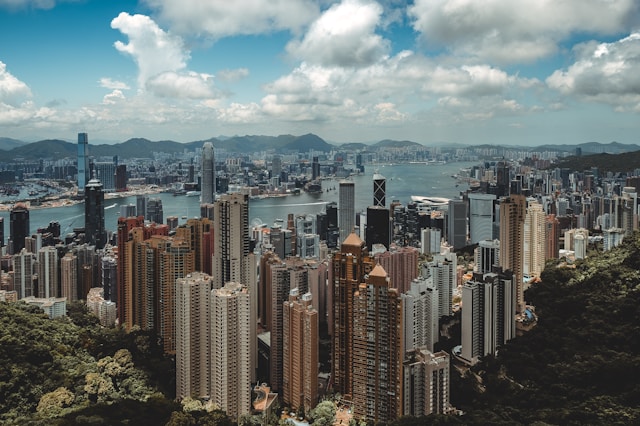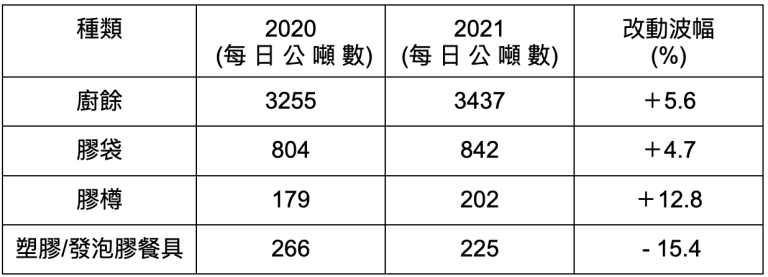Hong Kong’s Climate Change Goals Need Regulations With Teeth To Succeed

Just launching action plans or road maps is not enough if there are no clear, binding standards to keep the government and major carbon emitters accountable
A regulatory approach would help make climate change pledges stick and aid other goals such as improving buildings’ energy efficiency
(14 Oct 2021 SCMP) In her 2020 policy address, Chief Executive Carrie Lam Cheng Yuet-ngor pledged to push Hong Kong to become carbon neutral before 2050. Almost a year later, and just two days after Lam delivered her final policy address of this term, Environment Secretary Wong Kam-sing unveiled the long-awaited Carbon Action Plan 2050.
It is not hard for Wong to come up with a comprehensive action plan when the target date is almost 30 years away. He and other principal officials will have left their positions long before then. Wong has yet to say how the actions set out in the plan will be delivered according to their various timelines.
Failure to meet existing targets – such as the per capita municipal solid waste disposal daily rate, set in the Hong Kong Blueprint of Sustainable Use of Resources 2013-2022 – throws doubt on the Environment Bureau’s capability in this respect.
What is most needed are climate-focused regulations for governing such policy action plans. Future administrations would then be able to examine and announce transparently whether the targets had been met, based on the statutory requirements instead of the action plan.
Sweden was rated the top performer in 2019 and 2020 by the Climate Change Performance Index, an independent tool to track climate protection and performance of 57 nations and the European Union.
Merely launching action plans or road maps is not enough to remain the top performer. Sweden enacted the Climate Act in 2018, requiring the government to present an annual climate report in its Budget Bill.
A climate policy council – an independent expert body – was set up and tasked with evaluating how well the government’s policy aligns with the country’s climate goals. This demonstrates the effectiveness of adopting a regulatory approach, which Wong should seriously consider.
For instance, the government needs to set stringent standards on energy efficiency for buildings and equipment, higher ratios for safe and clean renewable energy, including wind, solar and green hydrogen, and timelines for phasing out the use of fossil fuels, including natural gas as well as coal.
The Carbon Action Plan 2050 sets a zero-coal target of 2035 but makes no mention of phasing out natural gas, which seems set to rise from its current 48 per cent of the city’s electricity-generation fuel mix to fill the gap left by reducing coal. Although natural gas emits about 50 per cent less carbon dioxide than coal, it is still a fossil fuel and cannot be more than an interim solution.
The government has mapped out a series of targets in the plan for the three main carbon-emitting sectors – namely, power generation, transport and waste. But while Wong has emphasised that all stakeholders should take action together, it remains unclear what commitments or responsibilities the business sector would be expected to take on.
A critical step missing from the plan is to assign these hopefully mandatory targets to the power generation, property, and road, sea and air transport sectors, as well as entities that generate huge amounts of waste that emit methane when rotting in landfills. Doing so would yield an effect similar to producer responsibility legislation for beverage producers.
Similarly, power companies would have to reduce their carbon emissions to fulfil regulatory requirements by increasing the ratio of zero-carbon renewable energy, enhancing power transmission efficiency and helping customers become more energy efficient.
Even with today’s technologies, buildings can be much more energy efficient. The timeline for commercial buildings to use 15 to 20 per cent less electricity by 2035 is foot-dragging when engineers can already accomplish such savings in a few years through retro-commissioning coupled with artificial intelligence.
The Hong Kong University of Science and Technology has found that commercial buildings can cut their electricity usage by half by splitting the single system for cooling and dehumidification into two separate systems, allowing them to raise room temperatures without increasing discomfort.
Hong Kong has broken many climate records this year. By September, the city had experienced 53 “very hot” days, while there were just five in 1997. This hot summer has been almost intolerable. Those who have the authority or resources must show serious commitment to saving us from such dire effects of climate change.
Edwin Lau
Executive Director, The Green Earth
14 Oct 2021 SCMP


 綠惜講座
綠惜講座

 2021-10-14
2021-10-14
 返回
返回
 2021-08-26
2021-08-26



